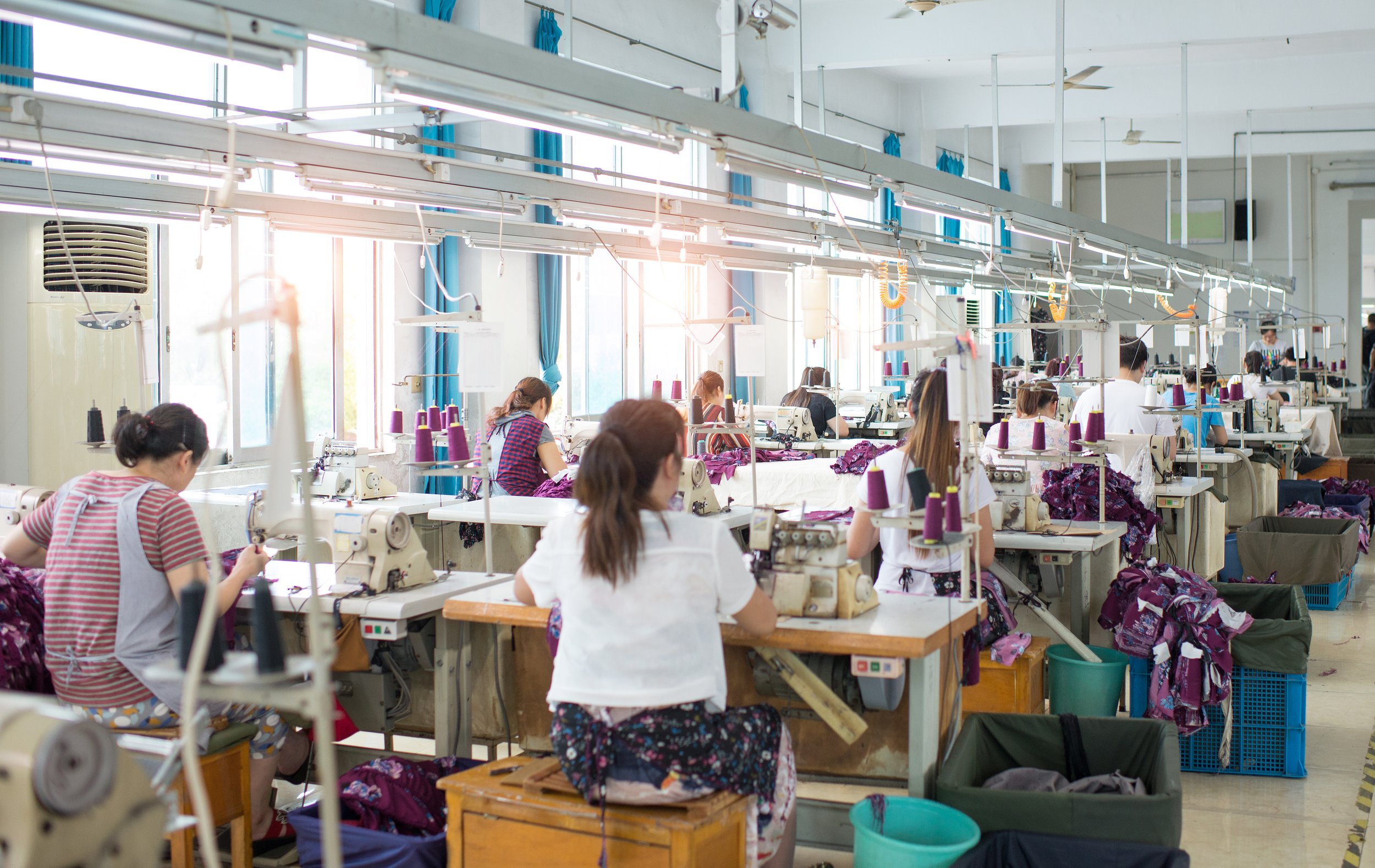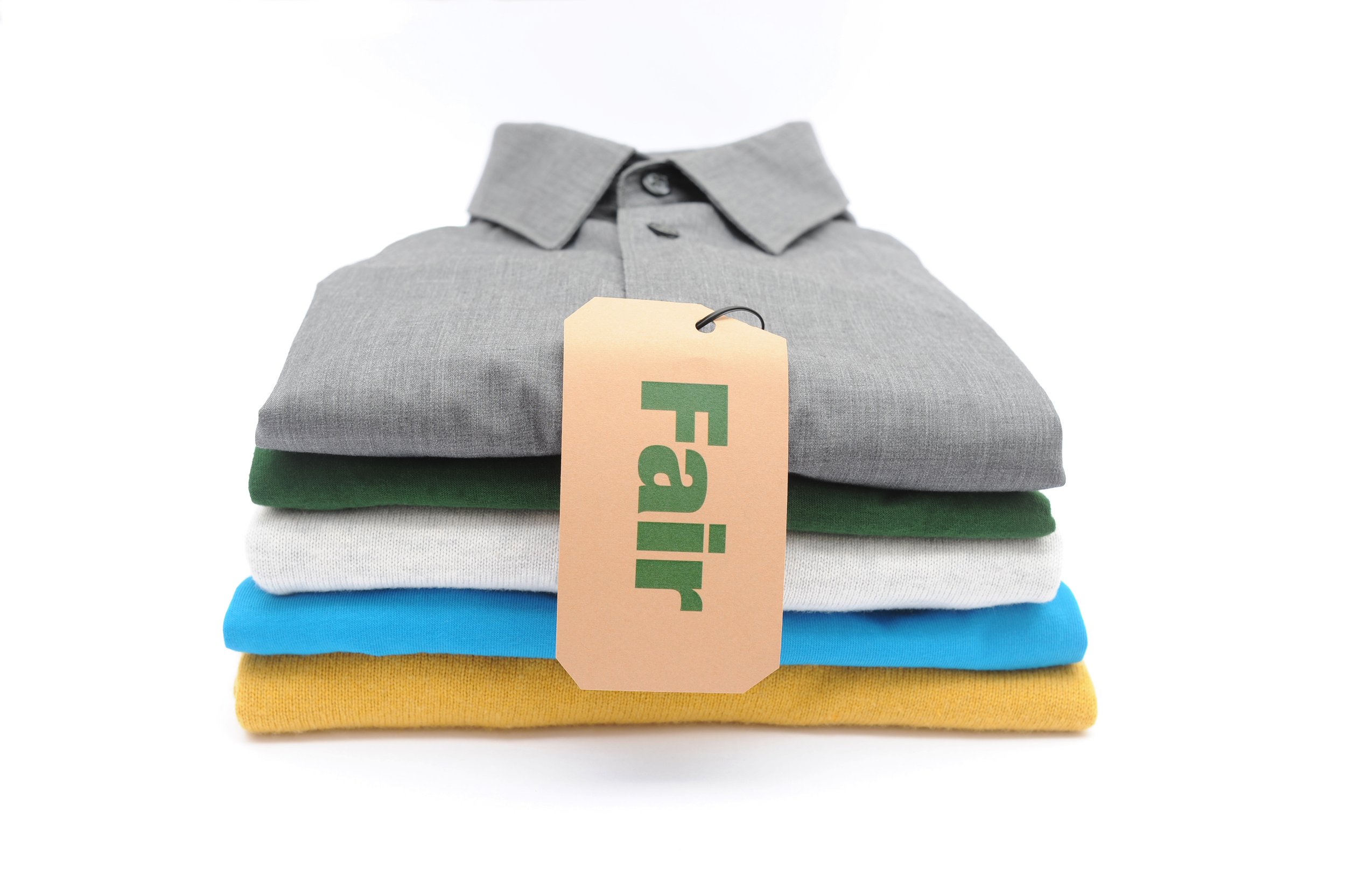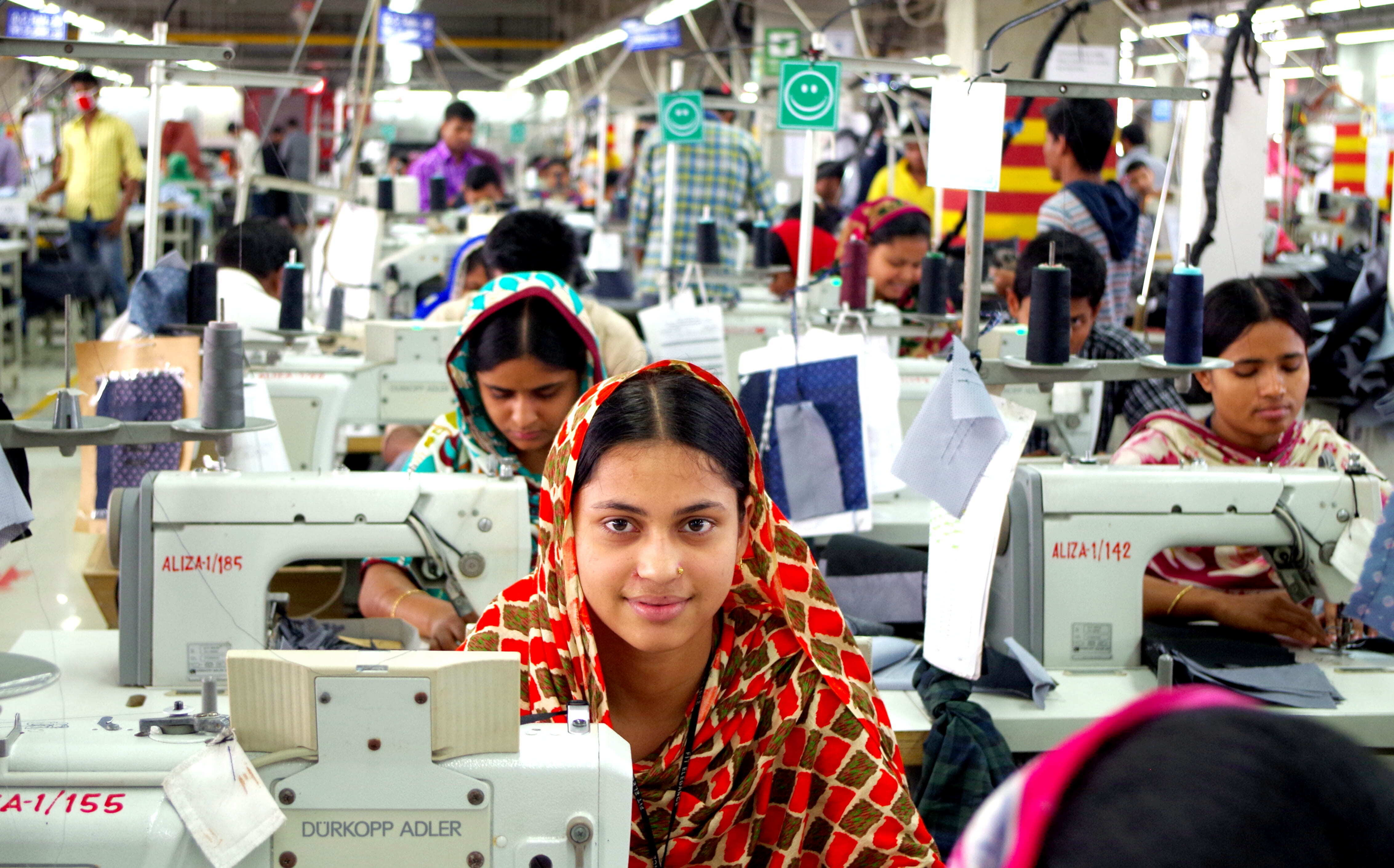Read your labels - Certification Standards in the Fashion Industry
Jul 29, 2021
To protect consumers and the market from unsustainable behaviors the best help comes from certification systems.
Increasing awareness about the climate crisis’ threat is making a huge impact over society. Unfortunately, even though building more sustainable habits is acknowledged as necessary by most people, that does not always convert into action. Nevertheless, in the latest decade the topic of sustainability has become a stable presence in consumers’ mind, thus popping into the agenda of almost every business.
Making a sexy lifestyle out of sustainability is the best way to make an impact. That is why Between strongly believes in the educational potential of the fashion industry. But it also marks a line: sitting beyond that line means sitting on the side of the bad guys.
Reshaping a business is no joke: it requires investments, changes in the production line and/or in the supply chain, and so on.
A switch is even more likely to impact profits on the short term. The best way to go is always to find an experienced professional who can fulfil the specific needs of a company willing to go green. The Between Conscious Program was launched to meet this growing demand across Europe and Asia.
The rise of this demand, though, also multiplicated the use of greenwashing techniques. Several companies might launch lines or campaigns, often even overpricing it. Lots of luxury brands boast their goods are handmade or produced by artisans to claim their commitment as a sustainable brand. But in fact, at the end of the day, they are not.
For example, a company might use organic sources for its textiles, but that could have been harvested from fields planted with no respect for the local ecosystem and environment. That would be unsustainable. What if exploited workers are involved in the supply chain? That would be unethical. Labor conditions cannot be detached from sustainability standards.
To protect consumers and the market from unsustainable behaviors the best help comes from certification systems. The most effective ones, from our point of view, are holistic certifications since they take into account a comprehensive overview of the business, including the criteria required by existing certificates with a more specific target.
How does it work?
Designers, suppliers, factories, retailers and consumers can be in completely different locations. Often in different continents. With this model in place, it is almost impossible to apply mandatory and consistent standards by law enforcement.
In a global market, these certifications and relative labels are applied mostly on a voluntary basis and issued by trustworthy, independent organizations and institutions.
Lobbying across the biggest groups also helps to associate quality standards to sustainable and ethical workflows.
Let’s have an overview of the most trustworthy certification labels for the companies in the fashion industry that seek the perfect balance between business and sustainability on a global scale, including China and the European Union.
GOTS
The Global Organic Textile Standard is the worldwide leading textile processing standard for organic fibers, including ecological and social criteria, backed up by independent certification of the entire textile supply chain.
This means that authorized inspectors apply the GOTS logo to producers of raw materials, processors, and textiles manufacturers, distributors, importers, brands, or any player. Certified fibers, wool, and fabrics (except leather products) need to be at least 70% from organic agriculture in order to get the lowest certification level.
Among the environmental criteria, we also find the evaluation of toxicity and biodegradability of chemical inputs and wastewater treatment.
Social criteria include inspection of fair employment and remuneration, child labor, discrimination practices, and health and safety for the workers.
OEKO-TEX 100
Oeko-Tex Standard tells you the textiles in your hands does not contain toxic chemicals. It is often applied along with GOTS certification, also because it complements it by covering leather articles, too.
Compliance testing from all stages of production along the textile value chain is done by independent inspectors after a voluntary application.
The laboratory tests conducted include 100 parameters, and the label is assigned according to which class the end product belongs to. The more intensive the skin contact is, the stricter the limit values applied.
GRS
The Global Recycled Standard (GRS) is an international, voluntary, full product standard enforced by Textile Exchange, a global nonprofit community that connects leading brands, retailers and suppliers to accelerate the adoption of sustainable standards and drive the fashion industry transformation.
The GRS provides consumers with the assurance that if an item in their hands claims to be recycled, it actually contains at least 20% of recycled materials.
Third-party inspectors track recycled raw materials throughout the supply chain and check detailed requirements for certification of recycled content, but also for chain of custody, working conditions, environmental protection, waste management, chemical restrictions, and air emissions.
B CORP
Also known as B Lab or B Corp, this is a certification assigned to for-profit companies that receive a minimum score for social and environmental performance.
To maintain the certification, businesses have to keep public transparency and legal accountability to balance profit and purpose.
The certification, not limited to clothing brands, is designed like a membership to a business association, with advantages not only toward consumers but also for partnership between members and for employees.
The parameters to be met mostly pass by an assessment of the public documentation carried on by the organisation itself. The process and the requirements might change case by case according to the company size and structure.
https://bcorporation.net/node/39535
Bluesign
The bluesign® system is a program for a more sustainable textile production, with a holistic approach that includes people safety, environmental protection and respect of natural resources.
Manufacturers and brands working in such frameworks respecting bluesign® criteria get the “APPROVED” label.
This ensures that the final textile product meets stringent consumer safety requirements: companies certified with the bluesign® system use the best technologies from treating the raw material to creating the final product. It also ensures that innovation goes in the direction of more and more sustainable performances.
CRADLE2CRADLE
It is a certification assigned to products made with sustainable processes, taking into account also the qualities of the end product.
The Cradle2Cradle one aims to be a “circular economy” certificate based on: material health, material reuse, renewable energy and carbon management, water stewardship, and social fairness. Depending on how they rank in the five categories, products get a Basic, Bronze, Silver, Gold or Platinum certification level from a third-party assessment body.
These are only some of the most popular certifications available. The vast diversity of industries and markets produced an equally wide range of different standards to keep up with. A solid attempt to have a reference list up to date can be found on unsustainablemagazine.com
Even though all mentioned certifications are recognized on a global scale, the process to apply and obtain them is quite a time-consuming one and can raise complications of any kind. In fact, for example, is not very common for companies in China to get certified, but the government releases a set of ecolabels that assess products’ sustainability as well.
We will talk about them in our next post. Stay tuned!
BETWEEN can assist you to establish links and will become your best partner on the road of future development!




























